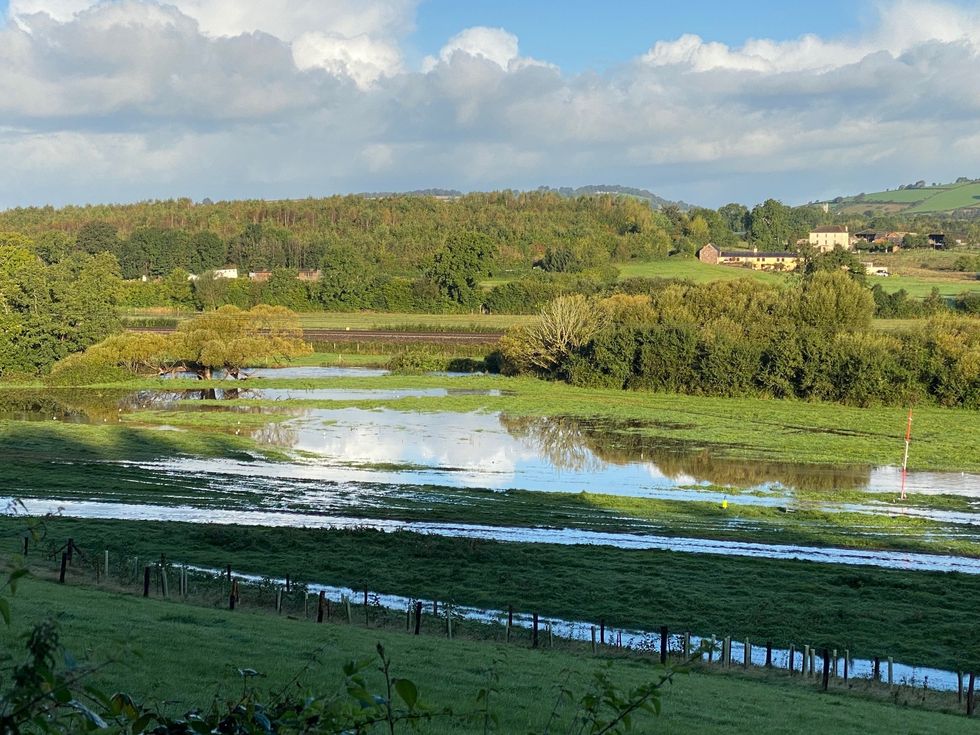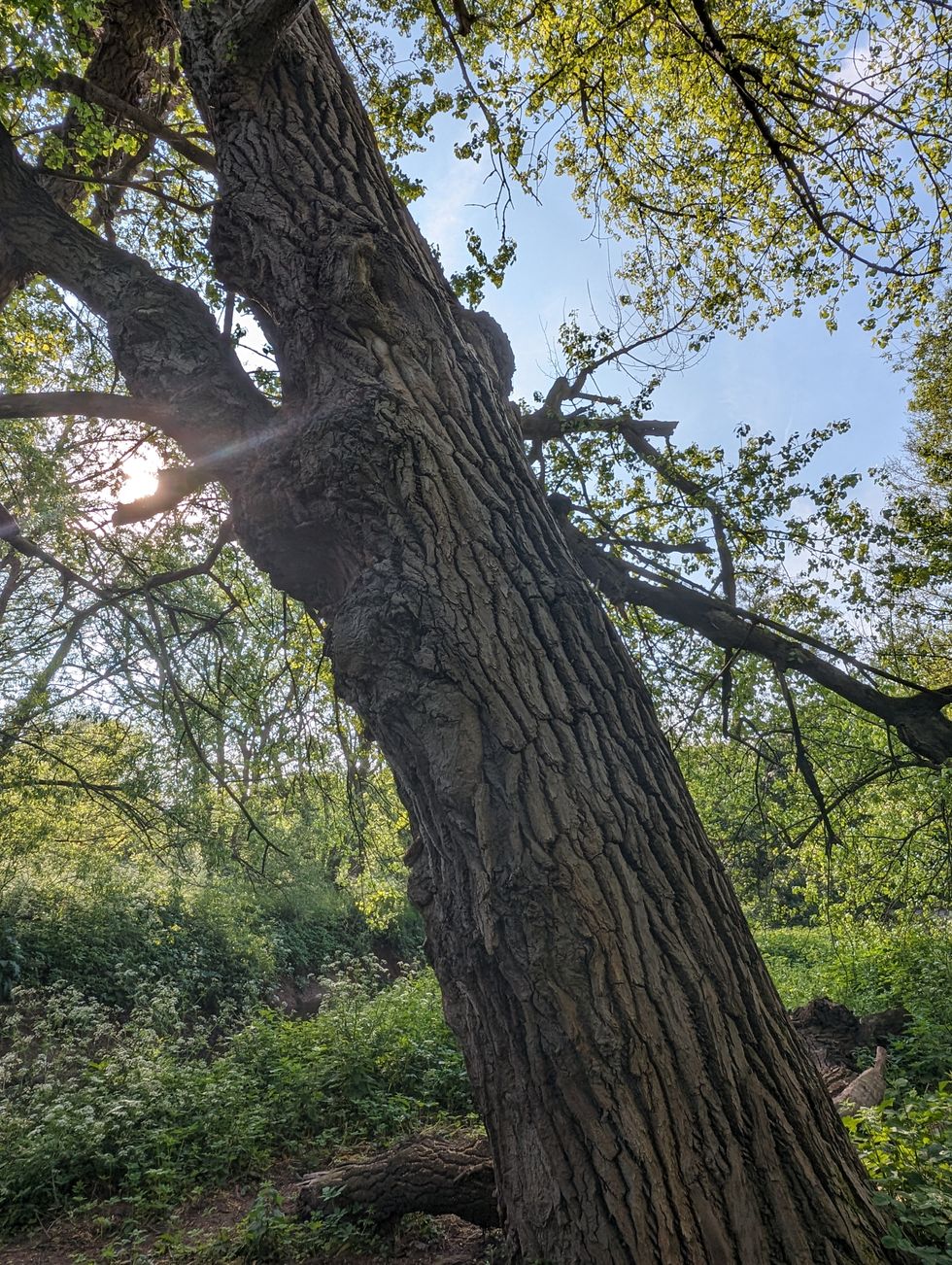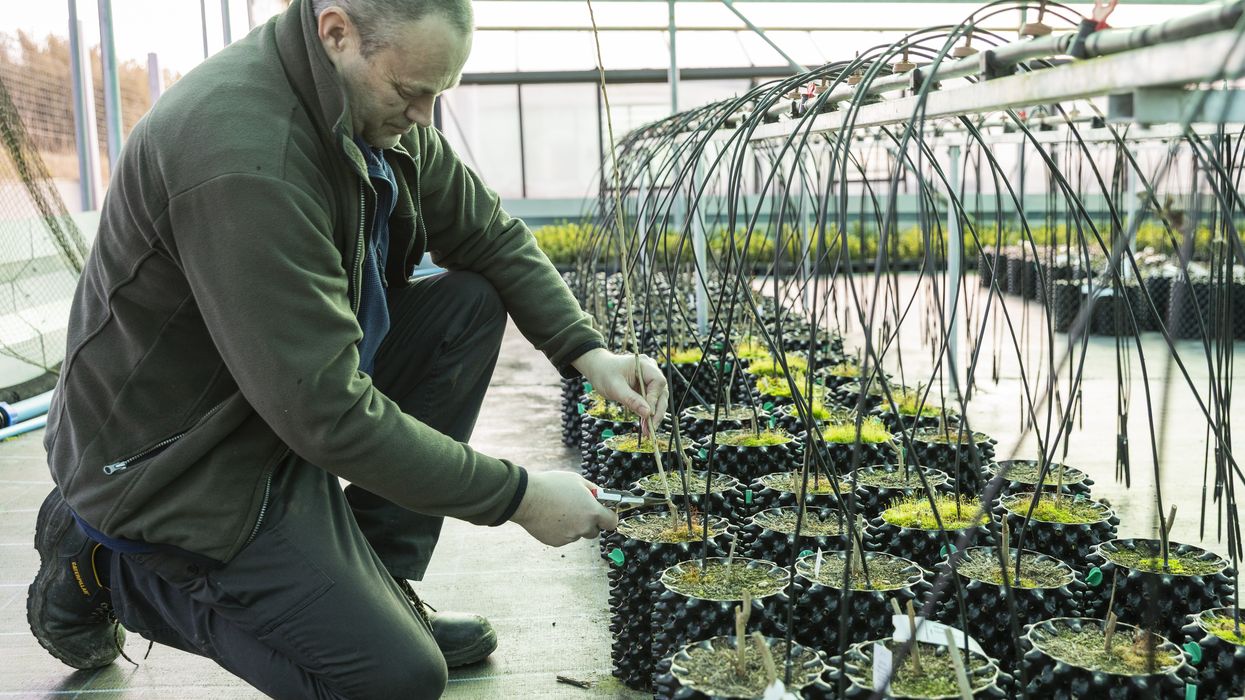THIS year’s much-anticipated Octavia Hill lecture will be given on April 1 by professor Alice Roberts, the National Trust has announced.
She “will focus on, ‘Where Do We Come From? What Are We? Where Are We Going?’”
The National Trust, founded in 1895 by three people (including social reformer Octavia Hill), looks after “over 500 historic houses, castles, ancient monuments, gardens, parks and nature reserves”.
Roberts, an academic, TV presenter and author, has been professor of public engagement in science at the University of Birmingham since 2012. She was president of the charity Humanists UK between January 2019 and May 2022, and is now a vice-president of the organisation.
In her lecture, she “will journey into the past to explore connections between people and landscape,” according to the trust. “From the earliest humans to live in the place we now call home, through the dramatic climatic shifts of the last Ice Age, to the arrival of the first farmers in Britain and all the way up to the early medieval period, we take a look at how science is transforming our understanding of history – and our own connection with the past, with nature and each other.”
Afterwards, Roberts will be in conversation with Dr Gus Casely-Hayford, OBE, director of V&A East.
Last year’s Octavia Hill lecture was delivered by the classical historian Dame Mary Beard, whose theme was, “Who owns the past?”
She strongly defended the trust from attacks by the far right, which was not pleased with its 115-page report in 2020 that 93 of its stately homes were built with money made from the colonies, especially India, or the slave trade.

Meanwhile, the trust is getting on with more pressing concerns, including battling to save “the UK’s rarest species of native tree” at Killerton in Devon.
A new breeding population of male and female black poplar trees is being established on a restored area of floodplain, the tree’s favoured habitat. With 80 genetically distinct clones planted out, it is the most diverse population of the species in the country.
In future, cuttings from the trees will be spread to planting projects elsewhere, acting as a living gene bank, bolstering the resilience of the declining species and boosting its chances of survival.
The location of the “living library” is along three kilometres of newly restored River Culm floodplain, the wetland-loving tree’s favoured habitat.
Once as common as oak and beech, drainage of land and demand for faster and straighter growing non-native timber trees has contributed to the gradual decline of the species, leaving the population so fragmented that black poplar has effectively died out in the wild.
Out of an estimated 7,000 black poplar trees left growing wild in Britain, only around 150 of those tested are genetically unique. Many are also male, as historically they were favoured aesthetically over the female trees which produce large amounts of white fluffy seed in spring. Since they are unable to reproduce alone, an urgent effort is needed to form a breeding population of male and female trees to maximise the gene pool and make the species resilient again, the trust explained.
Working in partnership with Forest Research and other community groups to locate and collect diverse cuttings, rangers at the conservation charity have now planted a total of 80 distinct clones at the Devon site.
Fi Hailstone, National Trust ecologist at Killerton said: “We want to establish a naturally reproducing population of black poplar on the stretch of river we have relinked to the floodplain, the tree’s favoured habitat.
“Black poplars need male and female trees within 200m of each other to pollinate each other. With numbers in huge decline this is not likely to happen in the wild, which is why we are stepping in to create a new breeding population.
“The trees can live for over 200 years and can grow to 30 metres in height. Once established, cuttings can be taken from the trees.”
Tom Shuttleworth, tree and woodland advisor for the National Trust, added: “The native black poplar is an iconic tree in the British landscape. Arguably our tallest native broadleaf, it features famously in John Constable’s landscape The Hay Wain. Slower growing than hybrids and American poplars, it was a useful timber tree, its wood being strong under flex and temperature and used for cartwheels, brakes, and in mantle pieces.
“It has important biodiversity value to numerous species including the poplar hawk moth, hornets, figure of eight moths and aphids which, in turn, support wood ant species.”

Over the winter months, 27 rooted cuttings of the wetland-loving tree have been planted out, adding to the growing collection already taking root along the newly restored River Culm floodplain.
Initially, Killerton received 43 trees from arborist Jamie Simpson, who works on a similar conservation project in the borough of Richmond They were grown from cuttings from the last wild population of native black poplars situated near the Thames footpath in London.
Further cuttings were collected via the Black Poplar Group, which includes the National Trust, Forest Research, the Otter Trust, the Tree Council, Chester Zoo, Suffolk Tree Wardens and groups in Herefordshire and Dorset.
Stuart A’Hara at Forest Research said: “The DNA fingerprinting of black poplars has been very useful in identifying the large-scale clonal (clone) duplication that has taken place with some clones but also highlighting the rarer individuals still in existence. The clonal collection at Killerton is a testament to all the good work carried out by the various conservation groups over the years, with black poplar at the heart of their work. It will be a tremendous resource going forward.”
Further initiatives to halt the decline of the black poplar are happening across the National Trust, including the establishment of 16 trees in restored wood pasture on the Oxburgh Estate in Norfolk.
At Quarry Bank, rangers have also been working in partnership with Chester Zoo, which runs a breeding programme to produce new black poplar clones, to plant trees out on the Cheshire estate.












